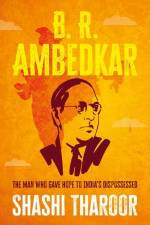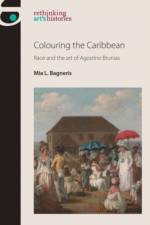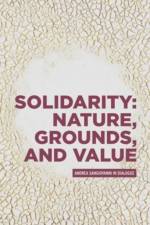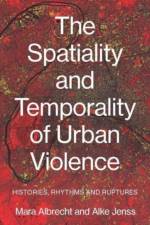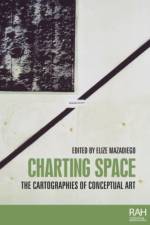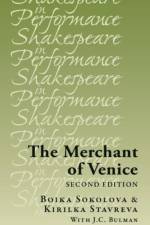1 155,-
A city burns, and a queen burns for love: Dido, Queen of Carthage re-imagines one of the great legendary stories. The encounter between a wandering hero and an African queen engenders love and loss, eroticism and absurdity, childish simplicity and compelling eloquence. This Revels Plays volume is the first single-text scholarly edition of Dido in English. It is an indispensable resource for scholars, students, and theatre practitioners. Dido's time has come, with accelerating interest, critical and theatrical, in the play. The edition features an accessible text, lightly punctuated for ease in reading and speaking, with spelling more consistently modernised. The introduction gives the first comprehensive account of the play since M.E. Smith's 1977 monograph, locating Dido within its theatrical, pedagogical, literary, political, and cultural contexts. Dido is here considered on its own terms, as a 1580s play intended for children to perform, but also as a play of multiple possibilities that speaks to the present. The edition incorporates new research into authorship (which indicates that Marlowe wrote the play), as well as a detailed analysis of Dido's sources. It includes a survey of criticism and considers the implications of writing for performance; it assesses the evidence for early performances and provides extensive information about modern productions. Dido is a remarkable play. In its own time, it was revolutionary, featuring a dominant female role, experimental blank verse, and a refusal to moralise. And soon thereafter, as Laurie Maguire and Emma Smith propose, Dido became 'the play Shakespeare could not forget'.



